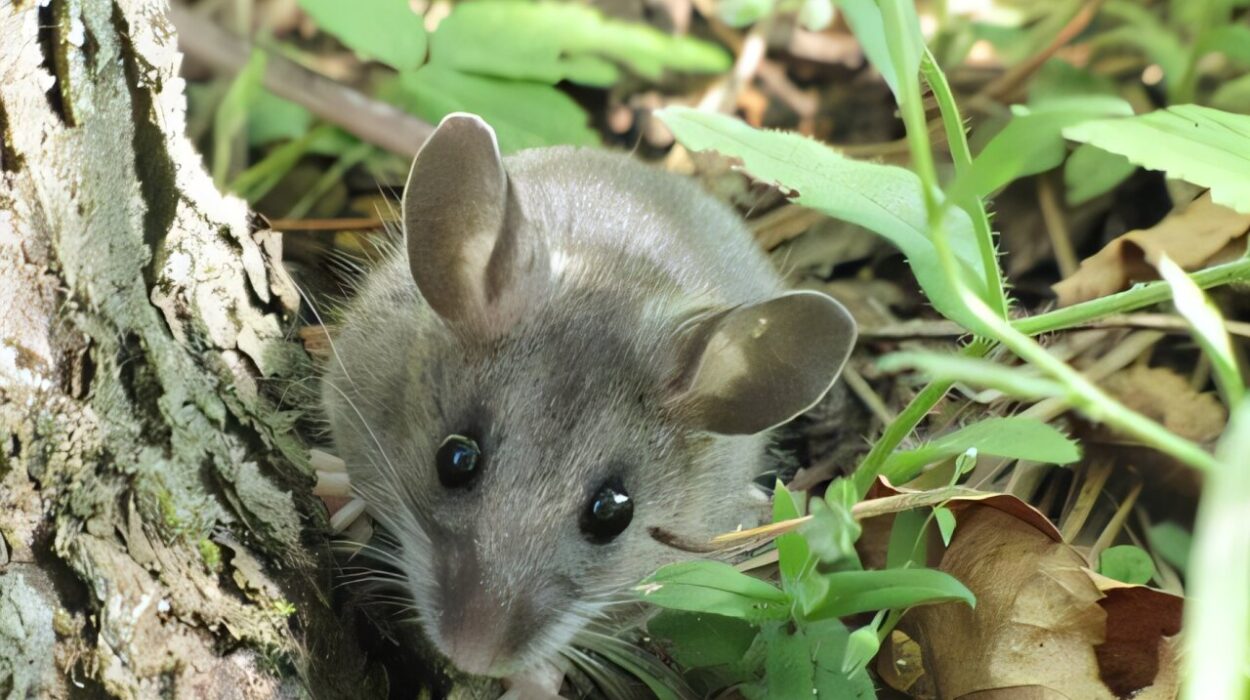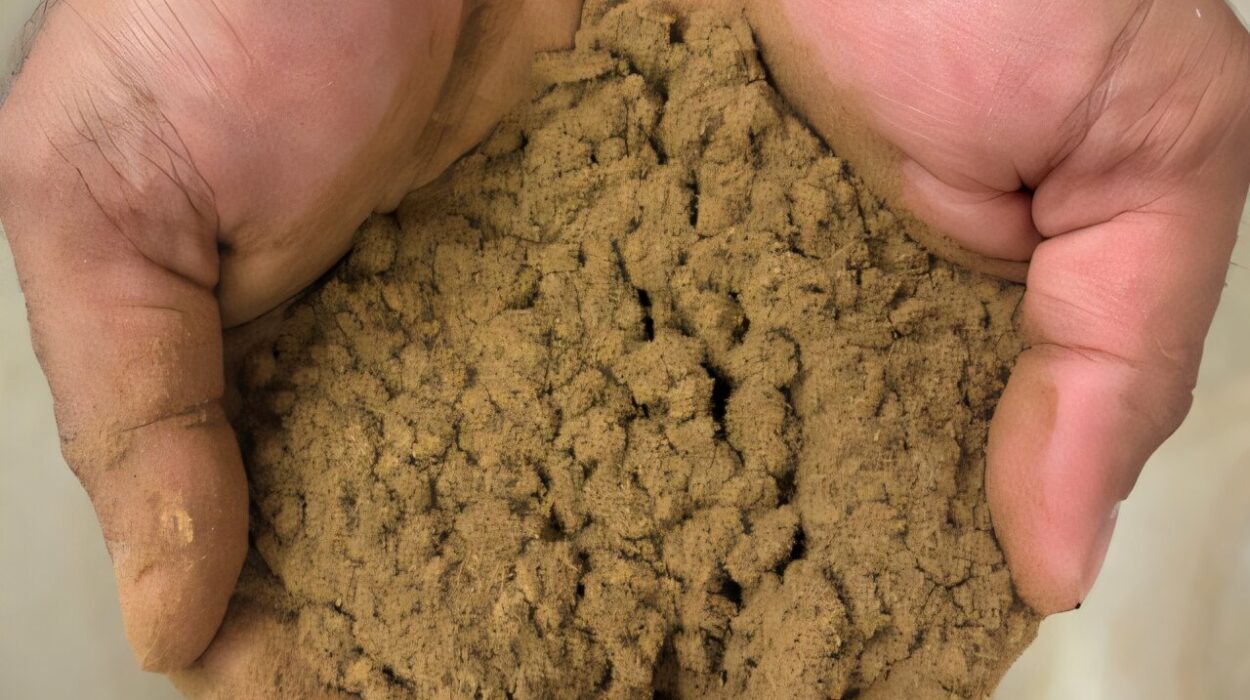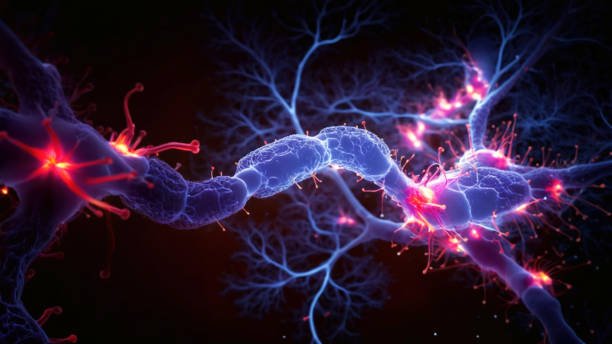For decades, biologists have held onto a powerful idea: if you’re a strong, well-fed mammal, your best evolutionary bet is to have sons. The logic was laid out in 1973, when evolutionary biologists Robert Trivers and Dan Willard proposed what became known as the Trivers-Willard hypothesis. According to their theory, healthy, robust females gain the most by producing males. A strong male, after all, can outcompete rivals and father many offspring, spreading his mother’s genes far and wide. For females, the theory argued, fitness mattered less—since even smaller, weaker daughters might still reproduce successfully.
It was a tidy and elegant explanation. And on land, among deer, elk, and similar mammals, many studies appeared to support it. But a new study led by the University of Washington has upended this assumption—at least in the ocean’s largest mammals.
By analyzing more than 100,000 baleen whales, researchers discovered that big, strong mothers don’t prefer sons at all. Instead, they are more likely to give birth to daughters. This reversal not only challenges a long-standing hypothesis but also reveals something profound about how evolution plays out in the deep sea.
The Extraordinary Data Behind the Discovery
Unlike most studies of wild mammals, which may include only a few hundred individuals, this project relied on an astonishingly massive dataset. The key lies in whaling records—a grim but scientifically invaluable legacy of the 20th century.
When commercial whaling was still widespread, Norway enacted a law requiring hunters to record detailed information about every whale they caught: its length, sex, pregnancy status, and the sex and size of its fetus. By the 1930s, these rules were adopted internationally. Though commercial whaling devastated whale populations until the International Whaling Commission banned the practice in 1986, the meticulous records have given modern scientists something precious: an unparalleled archive of whale biology spanning decades.
“It’s a treasure trove,” said Trevor Branch, a professor at UW’s School of Aquatic and Fisheries Sciences. “We have this enormous data set with hundreds of thousands of data points that doesn’t exist for almost any other wild population.”
It was from this unique archive that doctoral student Zoe Rand and her colleagues set out to test whether the Trivers-Willard hypothesis held true in the oceans.
A Surprising Answer Hidden in the Numbers
The researchers modeled maternal length against fetal sex for rorqual whales—a family that includes giants such as humpbacks, sei whales, and blue whales. Once a fetus reached about three feet long, its sex could be determined and logged. By comparing more than 100,000 pregnancies across seven whale species, the team had a statistical power that is rarely possible in wildlife biology.
If the Trivers-Willard hypothesis were correct, longer (and therefore healthier) mothers should have had more sons. But the opposite trend emerged. As maternal length increased, the likelihood of producing a daughter rose dramatically.
For humpback whales, long mothers were 77% more likely to give birth to a female calf. For sei whales, the probability was even higher—99%. This consistent pattern across species revealed that, for baleen whales, the evolutionary advantage is tilted toward daughters.
Why Daughters Matter More in the Ocean
Why would big whale mothers prefer daughters over sons? The answer seems to lie in the challenges of whale life.
Baleen whales undertake some of the most grueling migrations on Earth. They often breed in warm, food-poor waters and then fast for weeks or months while relying on stored fat to sustain themselves and their calves. Raising a calf is energetically expensive, and a mother’s body condition can make the difference between survival and failure.
For males, being born to a large mother may not guarantee future reproductive success. Some males do fight for mates, but the competition is not as brutally decisive as it is for land mammals like elk or deer. In contrast, for females, size is everything. A large female calf inherits her mother’s fitness, grows into a strong adult, and is more likely to reproduce successfully across many years.
In other words, the daughters of long mothers will themselves become long mothers, carrying the advantage of size through generations. For baleen whales, daughters are the best evolutionary investment.
The Mystery of Sex Control in Mammals
But how do mothers influence the sex of their calves in the first place? The exact mechanism remains unclear. Some researchers suggest that mammals may have subtle biological ways of biasing sex ratios just after conception, influenced by hormones, nutrition, or environmental conditions.
While humans may find this puzzling, nature offers parallels. Insects like bees and ants routinely control the sex of their offspring to maximize colony success. If other creatures can manage such fine reproductive tuning, it may not be too surprising that mammals—including whales—possess some degree of influence as well.
As Rand noted, “For our mammal brains, it is a little bit confusing. But it’s not entirely surprising that mammals might have a little bit of control.”
What the Findings Mean for Conservation
The implications of this discovery extend beyond theory. Many whale species are shrinking in size due to environmental stressors, including climate change, reduced prey availability, and lingering impacts from historical whaling. Smaller mothers may be less able to support pregnancies or raise robust calves, which could ripple across generations.
If large mothers produce female calves that are destined to grow into large mothers themselves, then a decline in body size could have long-term consequences for population resilience. Ensuring whales can maintain healthy body conditions—by protecting food sources and reducing stressors such as ship strikes and noise pollution—may be even more critical than previously thought.
This research highlights not only the surprising complexity of whale reproduction but also how conservation depends on understanding such subtle dynamics.
Flipping the Script on Evolution
The Trivers-Willard hypothesis has long been treated as a near-universal evolutionary rule. This study shows that it cannot be applied blindly across species. Life in the ocean, with its vast distances, food scarcity, and unique reproductive challenges, rewrites the story.
As Rand put it, “Previously it was assumed that if you have male-male competition for mates, bigger mothers will have males. Our paper shows that you can’t make that assumption because there’s also an advantage to being big as a female.”
The findings remind us that evolution is not a one-size-fits-all story. Instead, it is a mosaic of strategies shaped by environment, biology, and survival pressures. On land, strong mothers may produce strong sons to fight for mates. But in the sea, where endurance, migration, and reproductive potential define success, daughters carry the future.
The Bigger Picture
In the end, the study is not just about whales. It is about how science evolves—how cherished ideas must be tested, challenged, and sometimes overturned when faced with new evidence. The ocean’s largest creatures, through the legacy of their tragic history of exploitation, are now helping scientists uncover truths about life itself.
And perhaps there is something poetic in the fact that these giants—creatures that embody grace and resilience—reveal the importance of mothers and daughters in sustaining the continuity of their species.
Where the Trivers-Willard hypothesis once seemed universal, baleen whales remind us that evolution writes many different stories. In their world, it is the daughters of long mothers who carry the torch of survival into the future.
More information: Longer rorqual whale mothers produce more female offspring, Proceedings of the Royal Society B: Biological Sciences (2025). royalsocietypublishing.org/doi … .1098/rspb.2025.1437






